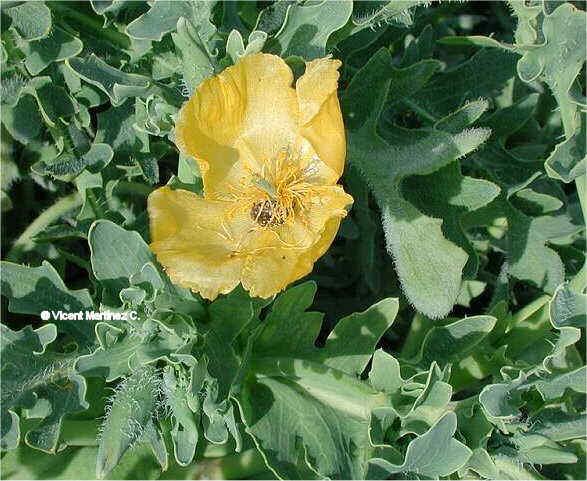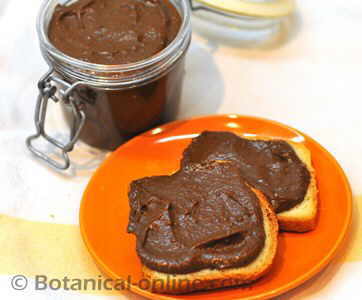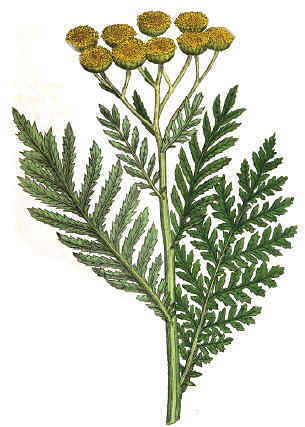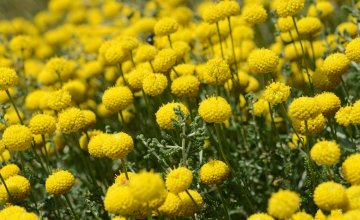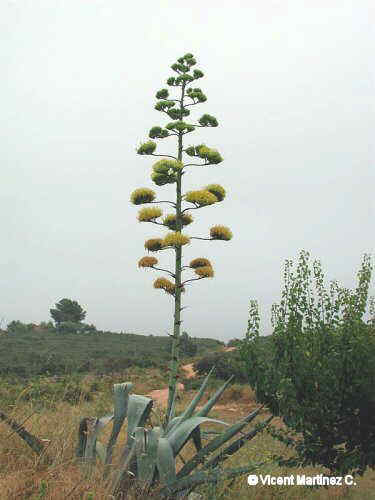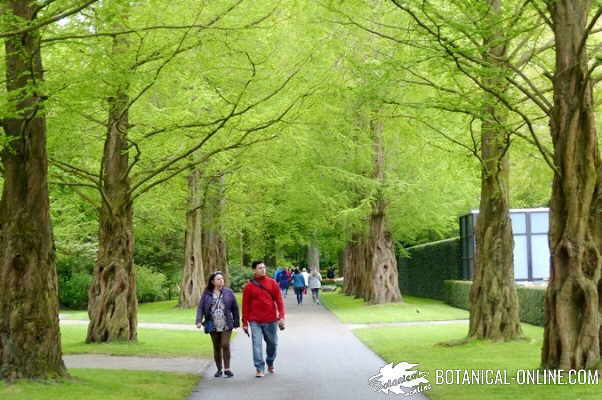Contents
What is an American cranberry bush?
Characteristics of American cranberry bush (Vaccinium macrocarpon)
American cranberry, large cranberry or bearberry (Vaccinium macrocarpon) is a shrub with entire leaves till 2 cm long, native to eastern North America, where it is widely grown for consumption.
Its fruits are red and with an acid apple flavor. It is a type of plant that forms bushes up to 1 meter in diameter with highly intertwined branches . These fruits berries, very acidic and astringent in flavor, not as sweet as blueberries (Vaccinium myrtillus ).
Botanically, it is classified within the Ericaceae family, to which other plants belong, some of which also produce fruits called blueberries (Vaccinium spp.). For this reason, the name “bilberry” is somewhat ambiguous.
What is American cranberry good for?
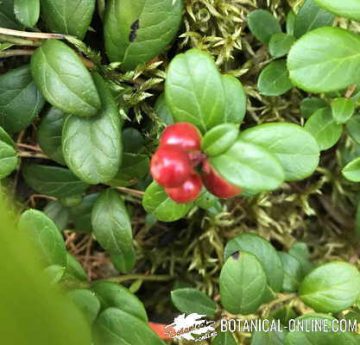
American cranberries produces red colored forest fruits that are widely used as a remedy for its powerful antimicrobial and antioxidant properties.
Many people take blueberries, either fresh fruit, juice or extract, to treat urinary tract infections, improve cardiovascular and vision health.
This fruit is very rich in components that confirm its benefits.
Cranberry extract is one of the most widely used remedies to fight cystitis, it is even used as a prophylactic when they are recurrent.
American cranberry is different from other types of cranberries
The plant that is known as American cranberry or cranberry is scientifically named as Vaccinium macrocarpon. It only grows in North America
It has not to be confused with small cranberry, bog cranberry, swamp cranberry or simply cranberries (Vaccinium oxycoccus), which are another type of cranberry, also red in color, found mostly in Europe.
The best way to differentiate them is by the general size of the plants and the leaves. The last one, as its name implies, it is a smaller, prostate shrub with smaller lanceolate leaves. It grows mainly in Northern Europe, but it can also be found in Northern Asia and Northern North America.

![]() More information on cranberries and blueberries
More information on cranberries and blueberries


